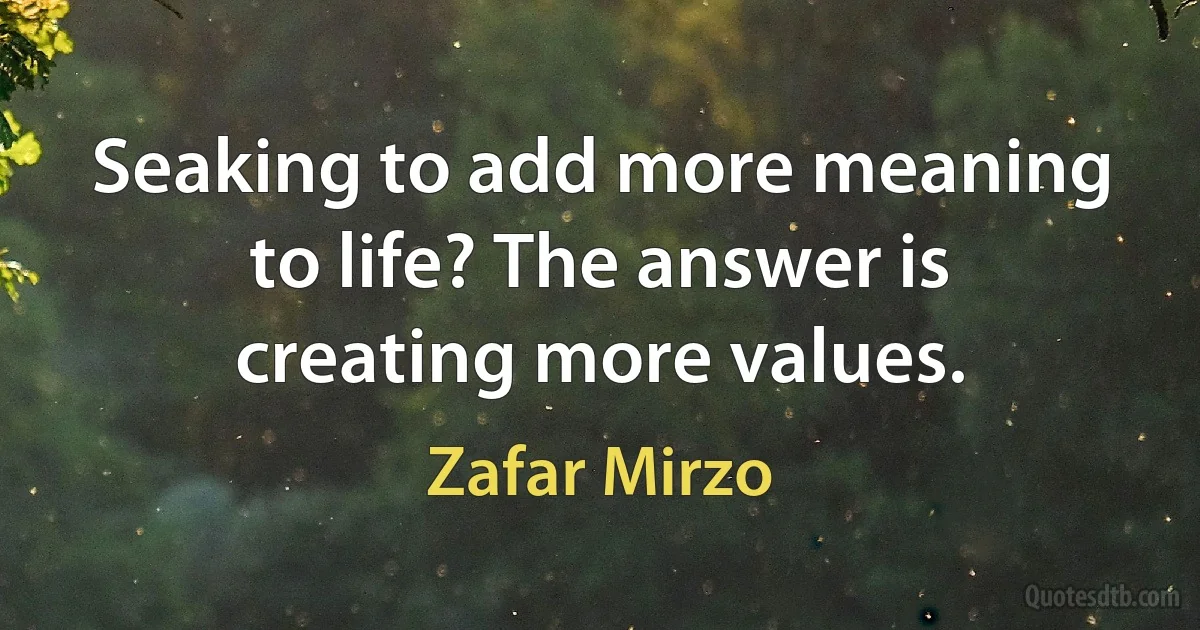Add Quotes - page 24
There is a constant succession of books on the subject of comparative grammar, for the use both of students and of the general public; yet it does not seem that we are offered what we really need. Language is full of lessons for those who know how to question it. Through all the centuries humanity has deposited in Language the acquisitions of material and moral life. But it must be approached from the side on which it appeals to the mind. If we limit ourselves to the changes of vowels and consonants, the study is reduced to the proportions of a merely secondary branch of acoustics and physiology; if we think it enough to enumerate the losses undergone *by the machinery of grammar, we give the impression of a building that is falling into ruins; if we confine ourselves to vague theories on the origin of Language, we merely add an unprofitable chapter to the history of systems.

Michel Bréal
Chemical signs ought to be letters, for the greater facility of writing, and not to disfigure a printed book ... I shall take therefore for the chemical sign, the initial letter of the Latin name of each elementary substance: but as several have the same initial letter, I shall distinguish them in the following manner:- 1. In the class which I shall call metalloids, I shall employ the initial letter only, even when this letter is common to the metalloid and to some metal. 2. In the class of metals, I shall distinguish those that have the same initials with another metal, or a metalloid, by writing the first two letters of the word. 3. If the first two letters be common to two metals, I shall, in that case, add to the initial letter the first consonant which they have not in common: for example, S = sulphur, Si = silicium, St = stibium (antimony), Sn = stannum (tin), C = carbonicum, Co = colbaltum (colbalt), Cu = cuprum (copper), O = oxygen, Os = osmium, &c.

Jons Jacob Berzelius
Thus proletarian violence has become an essential factor in Marxism. Let us add once more that, if properly conducted, it will have the result of suppressing parliamentary socialism, which will no longer be able to pose as the leader of the working classes and as the guardian of order.

Georges Sorel
As the paintings the 'Night Watch' and the 'Staalmeesters' [famous works of Rembrandt ] are showed now it is clear to everyone that they have searched but, indeed messed with it, to enable these paintings to do what they can do [visually]. But you see, they did not find a good solution just because they appreciated the museum itself [a rather new building, then! ] higher than the paintings themselves. I told at the very first opening of the Rijksmuseum [1885] already everyone who wanted to listen to me: in this room, where the Night Watch' is hanging now, it can never comes to its full right.... There must be built for the 'Night Watch' and for the 'Staalmeesters' a separate room each.... [with] standing light and the paintings positioned on an easel or standard behind.... I just want to add here, that my own studio can serve as a very special model.... concerning the sizes and the lighting.

Jozef Israëls
I just heard what was said, it isn't strictly accurate by any means, I'm a man who's just been lucky on having wonderful partners, Schoedsack alot more than I did on Grass and Chang, and right down the line I've only had John Ford as a partner, Thomas is a great friend on technicolor, and for cinerama, Fred Waller invented it, Thomas picked up the ball and ran with it, and there's a young man in this audience, Bob Bendick, that most of you have never heard, that did far more of the production then I did. I want to thank all the great partners I've had in my life, thank you. I just want to add I'm still John Ford's partner.

Merian C. Cooper
Muhammad Kasim, ascertaining that large offerings were made to the idol, and wishing to add to his resources by those means, left it uninjured, but in order to show his horror of Indian superstition, he attached a piece of cow's flesh to its neck, by which he was able to gratify his avarice and malignity at the same time.

Muhammad bin Qasim
I could not bear it did I not believe in another life for the poor harmless victims where their wrongs will be recompensed, & I may add also in another life for their inhuman persecutors where they will all repent in moral agony worse than the physical pain of their poor victims.

Frances Power Cobbe
It is an easy and patriotic matter for the lawyer, minister, professor, employer, or investor, placed above the arena of competition, to proclaim the equal right of all races to American opportunities; to avow his own willingness to give way should even a better Chinaman, Hindu, or Turk come in to take his place; and to rebuke the racial hatred of those who resist this displacement. His patriotism and world-wide brotherhood cost him and his family nothing, and indeed they add to his profits and leisure.

John R. Commons
I may just add, that in addition to the hand-guns, I meet with other instruments of like kind mentioned in the reign of Elizabeth, namely, demy hags, or hag butts. They shot with these engines not only at butts and other dead marks, but also at birds and beasts, using sometimes bullets and sometimes half shots; but in the beginning of the seventeenth century the word artillery was used in a much more extensive sense, and comprehended long-bows, cross-bows, slur-bows, and stone-bows; also scorpions, rams, and catapults, which, the writer tells us, were formerly used; he then names the fire-arms as follows, cannons, basilisks, culverins, jakers, faulcons, minions, fowlers, chambers, harguebusses, calivers, petronils, pistols, and dags. "This," says he, "is the artillerie which is nowe in the most estimation, and they are divided into great ordinance, and into shot or guns," which proves that the use of fire-arms had then in great measure superseded the practice of archery.

Joseph Strutt
It has before been observed that this author is very severe upon most of the popular sports; but in justice to him I may add, that similar complaints have been exhibited against the church-ales and wakes in times greatly anterior to his existence. And, indeed, if we look at the wakes and fairs as they are conducted in the present day, I trust we shall not hesitate to own that they are by no means proper schools for the improvement of the public morals.

Joseph Strutt
According to some of the pious writers of antiquity, they made large fires, which might be seen at a great distance, upon the vigil of this saint [John], in token that he was said in holy writ to be "a shining light." Others, agreeing with this, add also, these fires were made to drive away the dragons and evil spirits hovering in the air; and one of them gravely says, in some countries they burned bones, which was called a bone-fire; for "the dragons hattyd nothyng mor than the styncke of brenyng bonys." This, says another, habent ex gentilibus, they have from the heathens. The author last cited laments the abuses committed upon thes occasions. "this vigil," says he, "ought to be held with cheerfulness and piety, but not with such merriment as is shewn by the profane lovers of this world, who make great fires in the streets, and indulge themselves with filthy and unlawful games, to which they add glotony and drunkenness, and the commission of many other shameful indecencies."

Joseph Strutt
Dear August... I want to start like a child, to express my impression in front of nature with three colors and a few lines, and then add to forms and colors, where it requires the expression, that the working process is only a dedication, and never a removal. Only we painters know how stupidly difficult this is.

Franz Marc
There was a sense of mission in the members of the Constituent Assembly to draft a Constitution which would preserve the pluralism and essential oneness, and the unity and integrity of India. Our Constitution ensures that India remains a secular State. People belonging to different religious denominations who are all part of our vibrant pluralistic society, are guaranteed the freedom to practice their own religions. I might add that these Rights under our Constitution are available even to those who are not citizens of India.

Shankar Dayal Sharma



